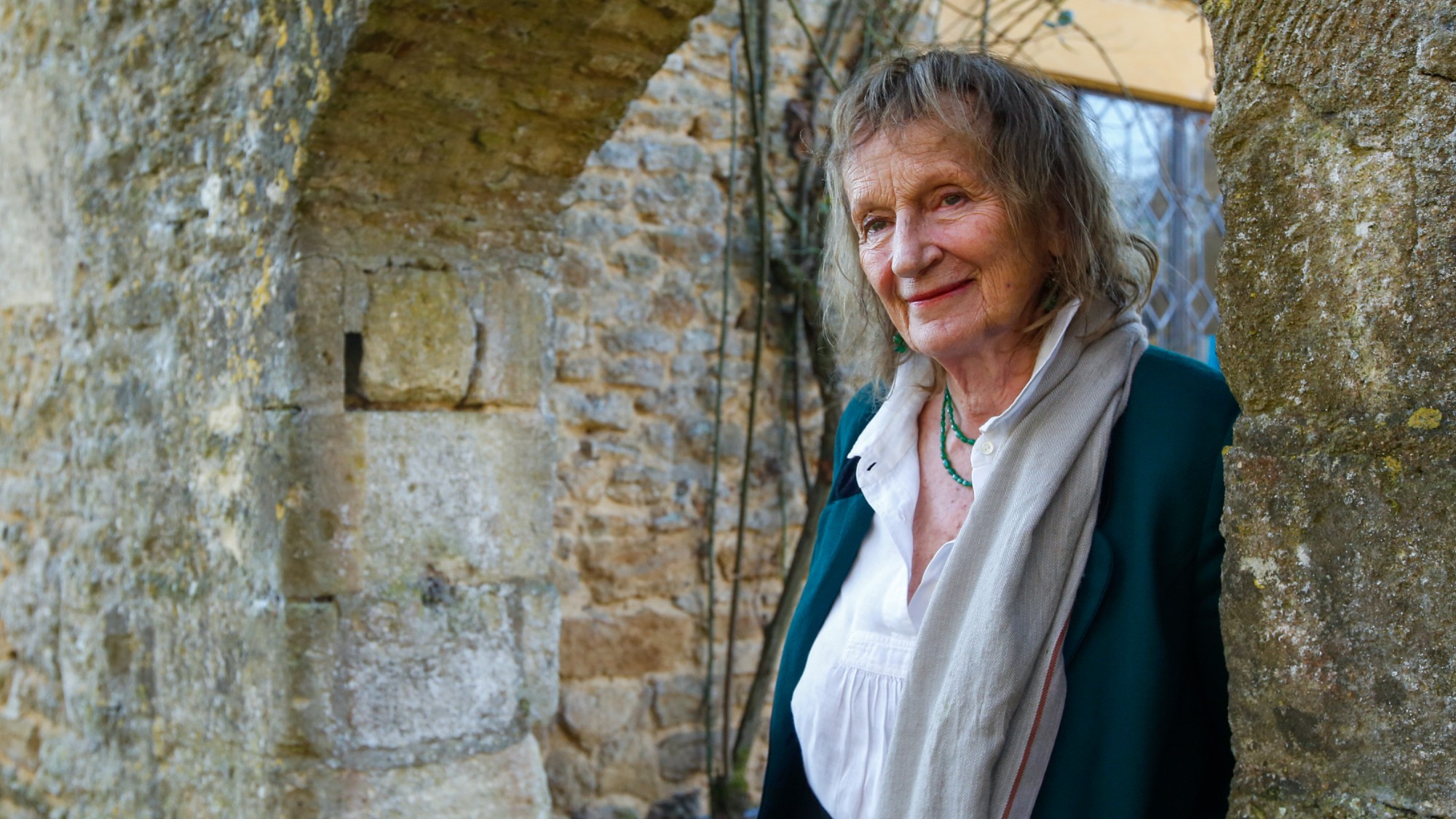Sally Ride, 1951–2012
The first American woman to go into space
Sally Ride got a taste of the challenges that came with being the first female U.S. astronaut soon after NASA picked her to fly in the June 1983 launch of the shuttle Challenger. One reporter asked Ride, then 32, if she would cry on the job; another wondered whether she would wear a bra in space. Johnny Carson joked that the shuttle would be delayed while Ride found a handbag to match her shoes. “It’s too bad this society isn’t further along,” Ride said.
Born and raised in Southern California, Ride always had a keen interest in science, said the Los Angeles Times. But even as a straight-A high school student, tennis seemed her likeliest career path: She was ranked 18th nationally on the junior circuit, and Billie Jean King encouraged her to become a professional. “But she decided she didn’t have sufficient dedication to the game,” and pursued a physics career instead. While she was finishing a doctorate in astrophysics at Stanford, she “answered a want ad” for astronauts with science training. More than 8,300 applied, and she was among 35 chosen.
Ride excelled at NASA, said the Associated Press, and was chosen to help operate a robotic arm on the space shuttle. She quickly became a star; the launch of her first mission was watched by a crowd of 250,000 people at Cape Canaveral, Fla., many of them wearing T-shirts saying “Ride, Sally Ride.” Feminist icons Gloria Steinem and Jane Fonda were among those present. Ride flew again in October 1984, but the Challenger explosion in 1986 denied her a third trip to space.
The Week
Escape your echo chamber. Get the facts behind the news, plus analysis from multiple perspectives.

Sign up for The Week's Free Newsletters
From our morning news briefing to a weekly Good News Newsletter, get the best of The Week delivered directly to your inbox.
From our morning news briefing to a weekly Good News Newsletter, get the best of The Week delivered directly to your inbox.
Ride’s legacy as a trailblazer “was one that she was reluctant to embrace,” said The Washington Post. She shunned media attention and refused to allow NASA to sell merchandise bearing her name. Instead, she threw her energies into “bringing the excitement of science to children,” founding an educational company and writing several books for children.
Once asked what she most remembered about her spaceflight, Ride didn’t grasp for historical significance. “It was fun,” she said. “In fact, I’m sure it was the most fun that I will ever have in my life.”
A free daily email with the biggest news stories of the day – and the best features from TheWeek.com
-
 A running list of the US government figures Donald Trump has pardoned
A running list of the US government figures Donald Trump has pardonedin depth Clearing the slate for his favorite elected officials
-
 Ski town strikers fight rising cost of living
Ski town strikers fight rising cost of livingThe Explainer Telluride is the latest ski resort experiencing an instructor strike
-
 ‘Space is one of the few areas of bipartisan agreement in Washington’
‘Space is one of the few areas of bipartisan agreement in Washington’Instant Opinion Opinion, comment and editorials of the day
-
 Amanda Feilding: the serious legacy of the 'Crackpot Countess'
Amanda Feilding: the serious legacy of the 'Crackpot Countess'In the Spotlight Nicknamed 'Lady Mindbender', eccentric aristocrat was a pioneer in the field of psychedelic research
-
William Pogue, 1930–2014
feature The astronaut who staged a strike in space
-
Oscar Niemeyer, 1907–2012
feature The architect who designed Brazil’s space-age capital
-
Ray Bradbury, 1920–2012
feature The writer who spun science fiction into literature
-
Ernesto Sábato, 1911–2011
feature The writer who became Argentina’s conscience
-
Fred Morrison
feature The Space Age inventor who created the Frisbee
-
Qian Xuesen
feature The scientist who put China in space
-
Philip José Farmer
feature The science fiction author who created worlds of wonder